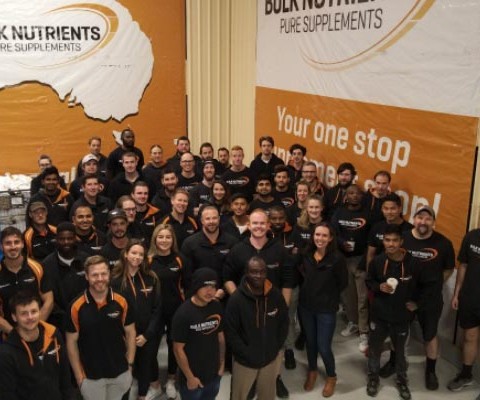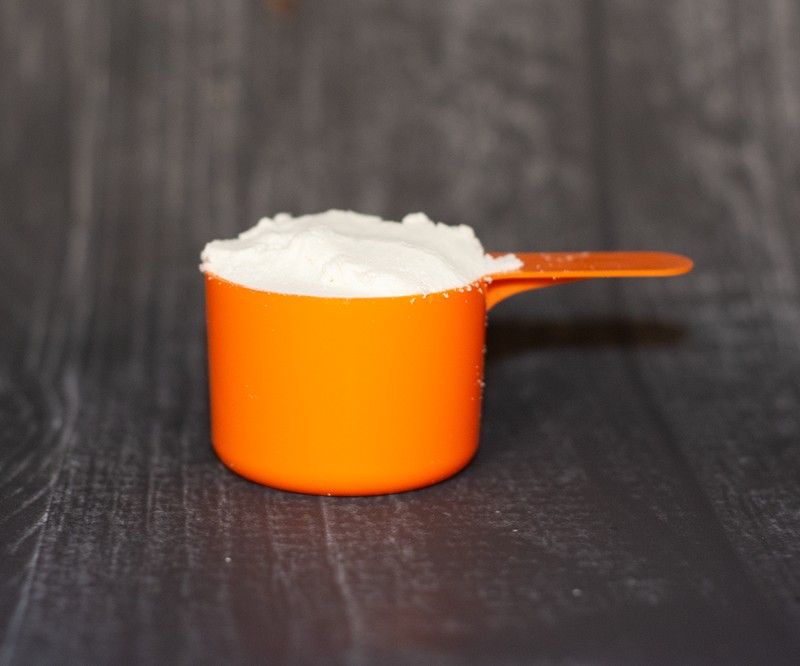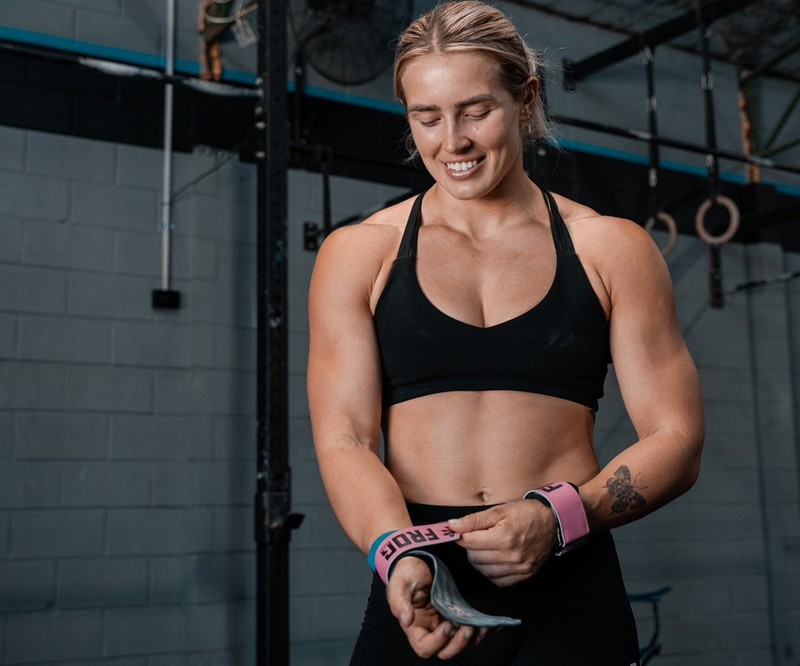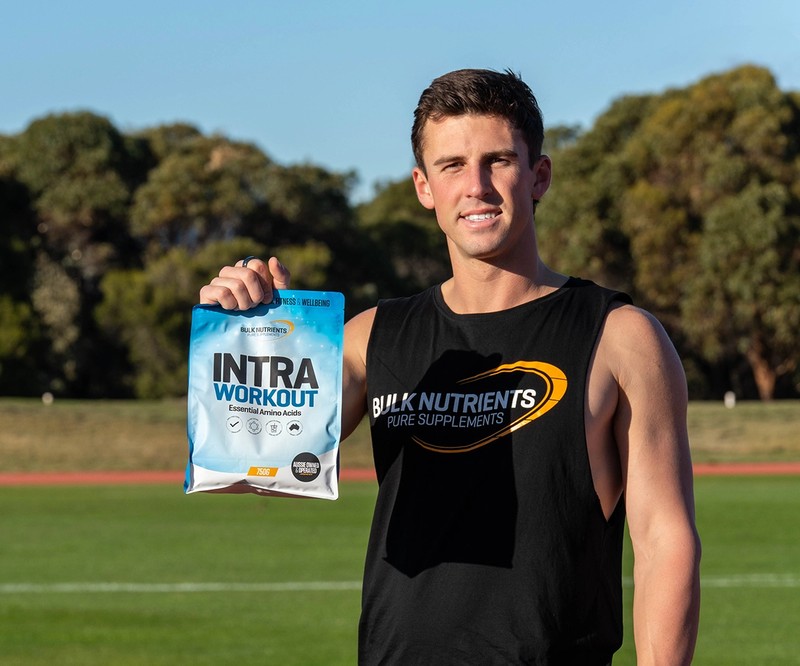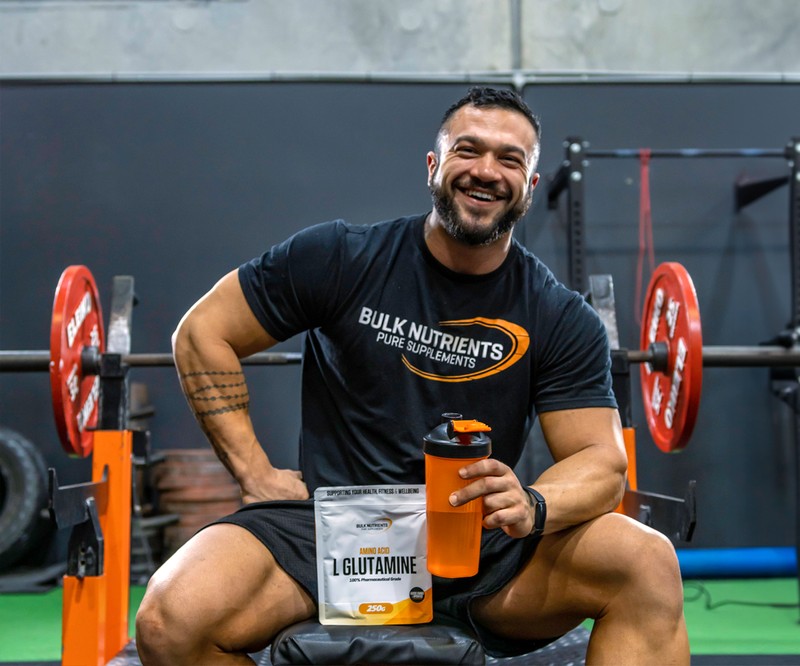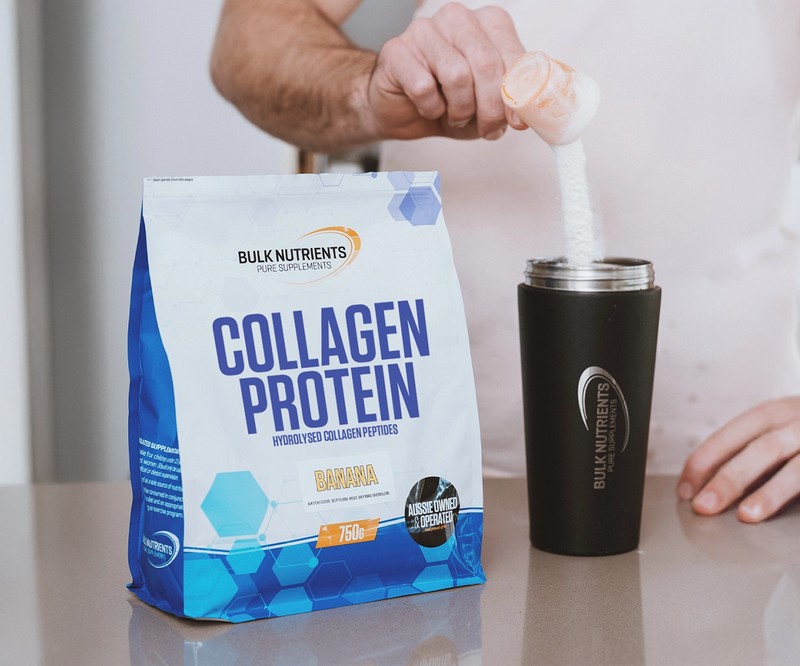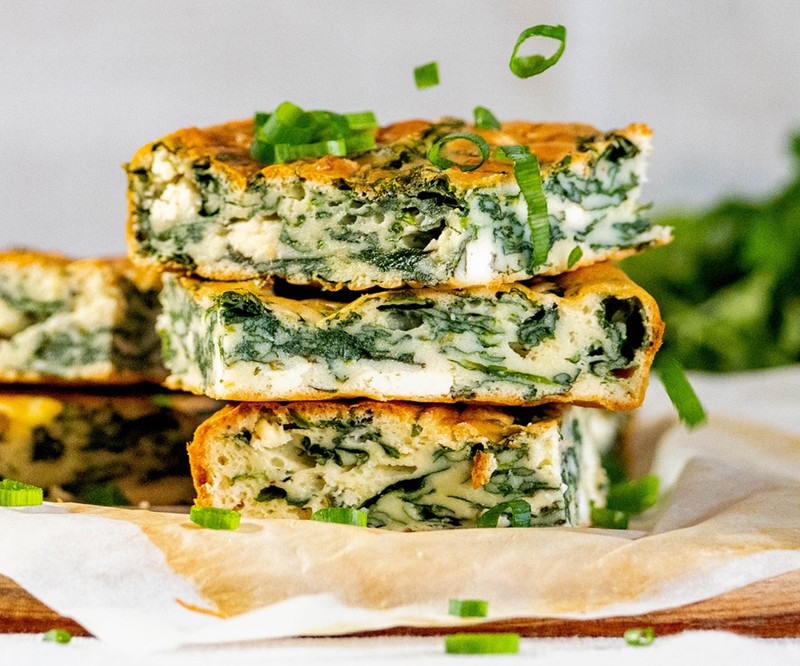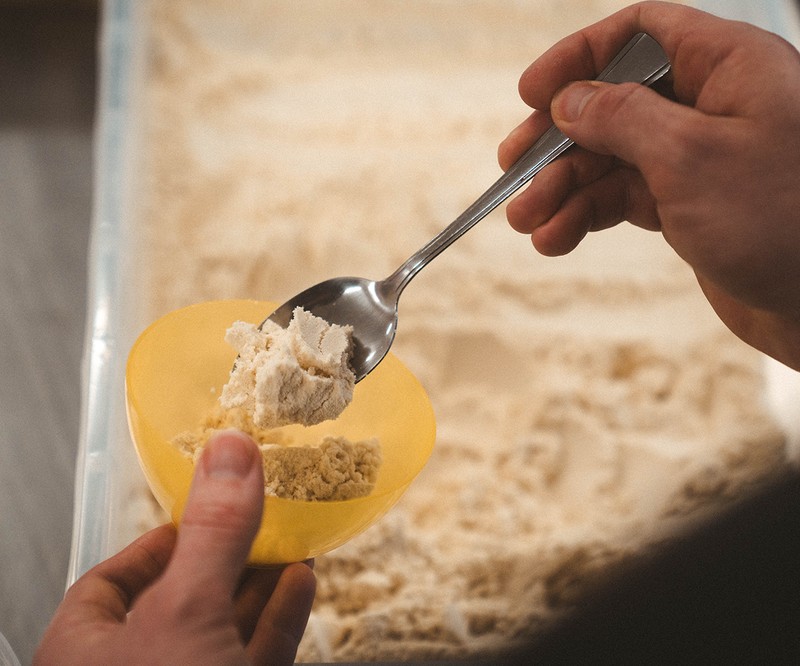The ultimate beginner's guide to weight training

The beginning of the weight lifting journey
The decision to weight train is always based on inspiration, and now more than ever, elite figures are in our faces every day. In the fast-paced lives we lead, you will be extremely hard-pressed to find a single advertisement or social media profile that doesn’t contain, at a minimum, an avid gym-goer.
While promoting healthy living is ideal and inspiring people of all ages to better their health is awesome, it also leaves A LOT of room for false and misleading claims.
How many times have you heard “in just 15 minutes a day” or “look like this in just 2 weeks”?
A close friend recently sought out some advice because they wanted to start weight training and knew I regularly go to the gym. The idea here is almost as bad as reading a “how to get big in 8 minutes a day” post or buying the latest “exercise in the comfort of your home” machine, because who says that just because I go to the gym regularly, that I actually know what I’m doing?
All of this led me to the question of if I could start all over again, what is it that I wish I knew from the beginning?
My first weights mistakes
Growing up, I idolised action stars, and athletes like most of us did, and there was no shortage of muscles. I remember doing push-ups and sit-ups as a young child and hitting a big front double biceps to show everyone my huge (not) muscles. However, the one figure that always stood out to me was Arnold, particularly the early Mr Olympia black and white photos.
By my teens, I was chasing that big broad chest that Arnie had by doing A LOT of bench press, the occasional shoulder press, and not much else “cause, y’know, the rest isn’t important”.
I began my fitness journey with a combination of poor form, muscle imbalances, disastrous diet and ego.
The result of which was years of back-to-basics, ego-shattering, ground-up rebuilding. If this article saves even one person from going down that same path, I’ll be comforted by the fact that someone learnt from my mistakes.

Where do I even start weightlifting?
One of the biggest things I can stress is to start with compound movements and use them to create balance. It’s a simple philosophy, really. If you train one side, you need to train the other. For example, you wouldn’t cook a steak only on one side. You wouldn’t do an hour a day training one arm, but not the other. So, don’t train only your chest and not your back, or only your upper body and not your lower.
Compound movements engage more than one muscle and, in the simplest forms, are based around movements we do in everyday life (pushing, pulling, squatting down and lifting things from the floor). Below is a list of movements you want to focus on, right from the beginning:
Squats, Deadlifts, Shoulder Press, Bench Press, Rows, Chin Ups
From the very beginning, the focus for each of these movements should not be the weight you can lift (think ego) but the correct technique (think skill). The best weightlifting advice I’ve ever received was in a job I had just started, from the best worker in the factory, and had nothing to do with weightlifting when he said it.
He told me, “Stop trying to keep up. The guys have been doing this for years. They’ve found what works for them and worked every day to perfect it. Work on the technique, and as you master that, the speed will come”.
This little gem actually translates to a lot of things in life (you’re welcome), but clearly, in the case of weightlifting, “speed” would be substituted with “weight”, and the workers are the fitness figures you idolize – not one of them got there overnight.
Even more importantly, to maximise results and avoid injuries, the technique is imperative. If you’ve just signed up to a gym, usually you’ll get a free PT session – ask them to teach you the correct technique for the compound movements listed here.
I honestly couldn’t think of a better use of that session, and I think most PT’s would agree that this is setting you up for success. Otherwise, there are plenty of online tutorials on learning the correct technique for each movement. YouTube is your friend here.
Beginner weight training workout programming
So how often should you train? How often do you complete each exercise? How many reps and how many sets?
If you’re starting, it can all be extremely overwhelming. If I could give my younger self advice, it would have been to treat each exercise as a skill, and not just the gruelling means to a swole end.
Starting over, I would have begun with a more hypertrophy-based program, looking at 10-12 reps for 3-4 sets for each exercise as a blanket rule for all of the compound exercises listed above.
Intuitive programming would see you at the gym 4 days a week and covering each compound movement once in those 4 days. The remainder of the session can be filled with exercises of your choosing, usually still focused on the same muscle groups, as well as perhaps some cardio or interval training – this is all a matter of personal preference and goals.
- Day 1 – Squats, Shoulder press
- Day 2 – Rows, Chin-ups
- Day 3 – Bench press
- Day 4 – Deadlifts
No, this is not a specific style of programming. However, the aim of starting your training with compound movements at moderate-high repetitions covers the important aspects of a long weightlifting future - skill acquisition, reinforcing movement patterns and muscle/strength gain.
On the same note, predominantly using compound movements will be the most efficient in overall energy expenditure. Therefore this is a good foundation regardless of the goal.
A recent systematic review found that volume, not frequency, is the biggest determinant of muscle hypertrophy. Therefore a simplified program like that above can still elicit the maximum hypertrophic response whilst developing and refining techniques.

Use alternatives to develop strength and technique
What if you can’t perform the lifts? What if you can’t do chin-ups or bench press? What if the 20kg barbell is too heavy for you to shoulder press?
Don’t give up. There are alternatives at hand if you need to work up to these milestones. If you can’t do chin-ups, start with the assisted chin-up machine, which will reduce the amount of weight you have to lift to perform the movement. Aim to progressively reduce the amount of assistance you need by the machine until you can perform the chin-ups without assistance.
If the Olympic barbell is too heavy for bench press or shoulder press, you can substitute in the fixed barbell, which usually goes down to around the 10kg mark, or uses dumbbells which should allow you to get to around 8kg total.
If you opt for dumbbells, extra attention must be paid to the technique to ensure that good technique is maintained throughout the pressing movement. A fixed barbell could also be used for squats and deadlifts if the Olympic barbell is too heavy.

Progression – How do I know when to go up weight?
I gave a rep “range” of 8-12 because setting a firm rep target for each exercise can be counterproductive. For example, it’s common to focus on getting to the allotted rep target without considering how the technique is degrading over the exercise.
The further through the reps you get, the more fatigued your muscles will get, and the higher the chance that technique will degrade. When this happens, muscles that either had minor involvement or no involvement are forced to become involved to complete the exercise. In at best case, you are training with the wrong technique. In at worst case, it results in injury.
It would be best if you kept yourself accountable. If you can perform 3 sets with 8 reps and are confident your technique is correct, that’s excellent. Push for 3 sets of 9 reps next session. If your 8th repetition felt a little sketchy in your last set, don’t push for the 9th – leave it until the next session. The idea here is that by the time you can complete 3 sets of 12 repetitions with good technique, you’re ready to move up weight, and if you need to, you could start at 3 sets of 8 repetitions with the new weight work your way up again. Every little increase, be it weight, repetitions or extra sets, is progress.

But I’m so keen, and I want to train every day!
That’s good, but particularly in the beginning, there can be too much of a good thing. No, I’m not talking about “overtraining”. I’m talking about your new-to-exercise body trying to cope with the huge amount of foreign external stimulus you just put on it. Ease your way in. You might push out to 5 days a week, but give yourself the weekend to recover.
As you progress through the first few months, make the famous “noob gains”, and start to plateau, then it's time to extend yourself. Personally, 5 days was always enough for me, but I’m not a stranger to 6-day week programs either.
Eventually, you want to look at hitting each major muscle group twice a week, with a focus on any weak areas you’ve found during your initial training, and sometimes that won't work if you're limited to 5 days. The reality is, though, the quality of your training will always take precedence over the quantity.
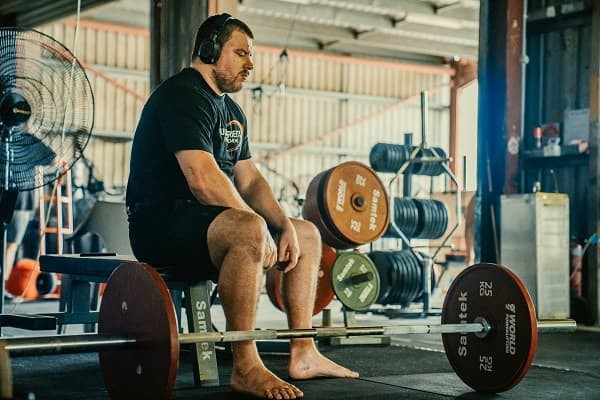
Educated dieting to achieve your goals
So, you’re at the gym, you’ve got the technique down, and you're progressing towards your goal physique. What are you eating, though? Regardless of your goal, muscle gain or fat loss, your diet is the major contributor. Today, there are many “diets” and “healthy lifestyle choices”, but your goals are defined by energy in versus energy out in its simplest form.
If you want to gain muscle, you need to be in a caloric surplus, and so you need to consume more energy than you use in a day. The opposite is true for losing fat. The most common mistakes are taking this idea to the extreme, i.e., eating next to nothing or gorging yourself on everything you can get your hands on.
Be warned – the results of your diet are not something you can fast track. Attempting to lose weight too rapidly results in significant muscle loss, and attempting to gain muscle too quickly results in fat gain.
Instead, when you're starting, the only principle you should follow when you're starting is KISS (Keep It Stupidly Simple).
Regardless of the goal outcome, be it gaining muscle or losing fat, you should be aiming at 0.5kg/week. Typically, this can be achieved by changing your daily calorie intake by (a maximum of) 500 calories to suit.
Don’t get too hung up on weight, though. Weight fluctuates naturally, and just because it fluctuates day to day, it doesn’t mean you’re doing it wrong. Personally, when I’ve tracked weight, I only concern myself if it hasn’t changed after 3-week intervals, and that’s with daily weigh-ins.
There are so many variables as to why you may weigh more or less on a particular day than sweating it over a 0.5kg difference in 2 days “cause maybe that burrito wasn’t actually low fat”, it really only hampers progress.
Instead, opt for progress photos and make sure you find the same spot, with the same lighting at the same time of day with the same pose. If you’re getting it right, you’ll see some small changes a few weeks in. However, if you stay disciplined in your training and diet after 3 months, the difference will be staggering – there’s a reason that there are so many “12-week transformations”.
If you’re unhappy with your body and you’re nervous about taking pictures of yourself in the beginning, remember that just because you took a picture, it doesn’t mean you have to upload it to social media! This is your journey; embrace it.

What role do supplements play in weight training?
You may have the urge to hand over all of your hard-earned cash for the shiniest bottle(s) of promises on the market, and for a good reason, they make a compelling case! But, generally, if it seems too good to be true, it is, so don’t worry about reading through “proprietary synergistic matrices” and stick to tried and tested.
In the beginning, whey protein (concentrate or isolate, your choice) is a straightforward way to add quality protein to your diet, and there is significant research behind the benefits of consuming whey protein.
The common argument that pops up these days is “but you can get all the protein you need from your diet; you don’t need protein shakes”. To this argument, I say, yes, you are correct. I agree that whey protein isn’t “necessary”. However, it is delicious, cost-effective, convenient, and a high-quality protein source. Personally, I can’t remember a day in the last 15 years that I haven’t had a whey protein shake because it’s such a simple way to increase dietary protein.

Should I lose fat first or gain muscle? Cut or Bulk?
Now we’re really in murky waters. This depends on your personal goals and preference. Personally, I would always recommend aiming to gain muscle first. For all the bro’s and those idolizing Arnie as I did, this idea forms naturally. Careful here though, gorging yourself on literally everything you can get your hands on will result in muscle gain, yes, but will also result in fat gain.
If your 70kg and trying to eat what Dwayne ‘The Rock” Johnson eats on the day-to-day, you won't look like DJ in 3 months, you will gain muscle, but you will have gained a significant amount of fat too.
Sure, eat-in surplus and definitely have cheat days if that’s how your diet is designed. Be aware, though, that eventually, you will want to deal with the fat you’ve gained, particularly if you want to have abs so defined you can grate cheese on them.
In contrast, the idea of gaining more weight to someone who wants to start weightlifting to lose weight seems ludicrous, but follow me here for a moment. If you want to lose weight (fat), it's likely because you want to get “in shape”, and that shape comes from muscle.
The dose-response curve for muscle gain in your first few months of weight training is exponential, and it seems like a waste to not utilize that to its maximum. The benefit of this approach is that the weight gained in these first few months, within reasonable limits, will be predominantly muscle. This means that your general “shape” will improve, and as a bonus, your metabolism will be higher because of the extra muscle you’re now packing. Tickets to the gun show, anyone?
This will be particularly important when you move into fat loss because your underlying muscle is what gets revealed as the fat is burnt away. Whenever a conversation turns to how someone “gained muscle while they lost fat”, believe first and foremost that this is not possible.
Rest assured, the muscle they “gained” was the muscle underlying the fat they just lost. Therefore, a person with a good muscle base will always have an impressive transformation after fat loss, provided that they do not try to cut too aggressively and lose muscle on the way.
The other benefit is if you are tracking your diet to get your average intake and determine what a deficit or a surplus would look like, you have more leeway in terms of your initial results. When you first start at the gym, even if you know deep down it’s impossible, you are still looking for results on the second day, like “am I at my goal yet?”.
If your goal is fat loss and you start by building muscle, it will take a lot of the pressure away from your goal physique and the “am I even doing this right” – which will help you focus on getting the weightlifting right.
The reason I say this is person-specific, though, is that for many who aim to lose weight, gaining weight (even if its muscle) would discourage them from continuing at the gym because they don’t see the fat melt away, ultimately resulting in a heavier, unhappier person who loses motivation.
If you know you need that short term reassurance to keep you motivated and going to the gym, and there is absolutely nothing wrong with that, then don’t take this last piece of advice and start your journey with fat loss.

Ryan Bevan works hard to ensure strict TGA compliance, coordinating with external consultants, and managing intricate documentation - all while drawing strength from Bulk Nutrients' exceptional Quality Assurance team.
More about Ryan BevanReferences:
- Schoenfeld, B. J., Grgic, J. and Krieger, J. (2019) How many times per week should a muscle be trained to maximize muscle hypertrophy? A systematic review and meta-analysis of studies examining the effects of resistance training frequency. 37(11), 1286-1295.
- Morton, R. W., Murphy, K. T., Mckellar, S. R., Schoenfeld, B. J., Henselmans, M., Helms, E., Aragon, A. A., Devries, M.C., Banfield, L. and Krieger, J. W. (2018) A systematic review, meta-analysis and meta-regression of the effect of protein supplementation on resistance training-induced gains in muscle mass and strength in healthy adults. British Journal of Sports Medicine, 52(6).









